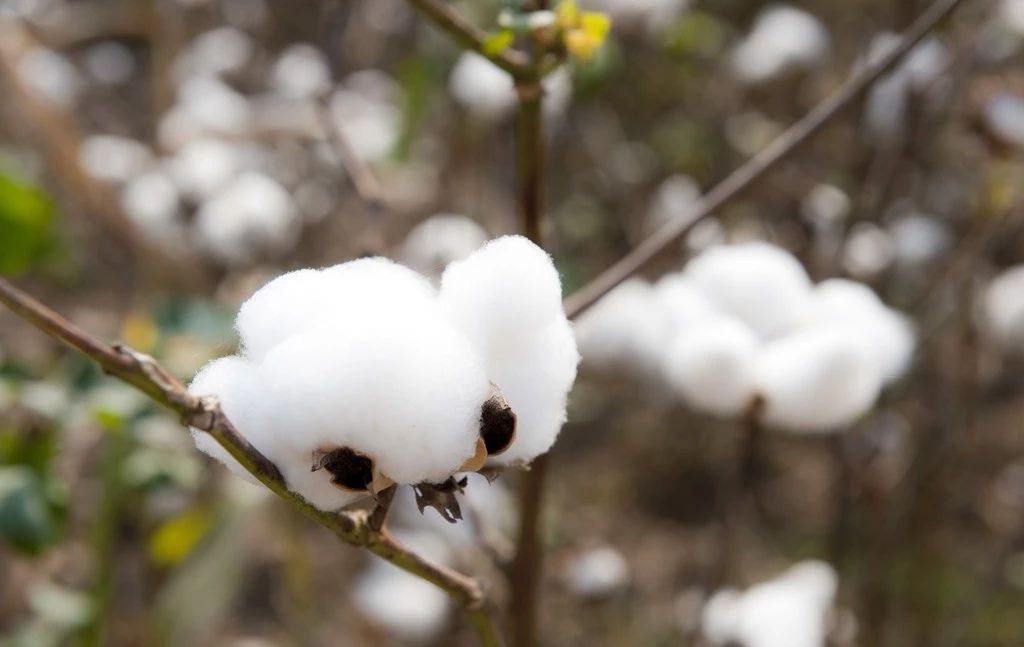Application of plant growth regulators in cotton

According to the requirements and production objectives of cotton growth and development, from seed germination to different growth stages, through several actions of one or more plant growth regulators, the whole growth period of crops can be purposefully and systematically adjusted. By using the compound effect of regulators, we can coordinate various physiological processes in the body, solve various problems in crop growth and production, and achieve multiple production goals.
Mepinium, i.e. ketamine, is a plant growth regulator. It can inhibit cell elongation and gibberellin biosynthesis. It can promote the absorption of roots, stems and leaves, promote the synthesis of crop chlorophyll, inhibit the elongation of main stems and fruit branches, make the plant compact, delay the closure, prevent the vigorous growth, improve the ventilation and light transmission in the field, which is conducive to enhance photosynthesis; control the excessive growth of crops, reduce the consumption of invalid nutrients; enhance the root activity of crops, so as to develop the roots, increase the main roots, increase the lateral roots, and improve the stress resistance of crops, Resistance to lodging, drought and waterlogging; reasonable regulation, distribution of the contradiction between vegetative growth and reproductive growth, promotion of reproductive growth, reduction of flower and fruit abscission, early maturity, improvement of fruit quality, yield and income.
The mechanism of action of this product is to inhibit the biosynthesis of gibberellin in plants. The action site is to inhibit the production of kaurene, resulting in the inhibition of endogenous gibberellin biosynthesis. It is the antagonist of gibberellin. Its physiological function is to control plant growth, resist lodging, enhance photosynthesis and improve stress resistance. Its physiological function is to control plant growth, resist lodging, enhance photosynthesis, improve stress resistance, improve quality, increase yield, and effectively regulate cotton growth.

3、 Naphthylacetic acid
4、 Indolbutyric acid
This product is a plant growth regulator. Gibberellin is one of the most important hormones to promote plant growth and development. It is also an antagonist of growth inhibitors such as Paclobutrazol and chlorpromazine. The medicine can promote cell, stem elongation, leaf expansion, parthenocarpy, fruit growth, break seed dormancy, change the ratio of female and male flowers, affect flowering time, and reduce flower and fruit abscission. Exogenous Gibberellin has the same physiological function as endogenous gibberellin. Gibberellin enters the plant mainly through leaves, twigs, flowers, seeds or fruits, and then transmits to the active growing parts. It can regulate cotton growth and increase production.
This product can adjust and promote cotton. It can improve the content of chlorophyll, protein and nucleic acid in the plant, the photosynthetic rate, the activity of peroxidase and nitrate reductase, the metabolism of carbon and nitrogen in the plant, the absorption of water and fertilizer in the plant, and the balance of water in the plant, so as to improve the drought resistance and cold resistance of the plant.

7、 Ethephon
In acid medium, it is very stable, but above pH4, it decomposes and releases ethylene. Ethylene enters the plant through the leaves, bark, fruits or seeds of the plant, and then it is transmitted to the functional parts, and then ethylene is released, which can play the physiological functions of the endogenous hormone ethylene, such as promoting the maturity of cotton and the abscission of leaves, dwarfing plants, changing the ratio of male and female flowers, and promoting the early cracking and opening of cotton peach.
- Prev:Explain in depth the ten elements that affect fruit expansion!
- Next:nothing;

 中文
中文






